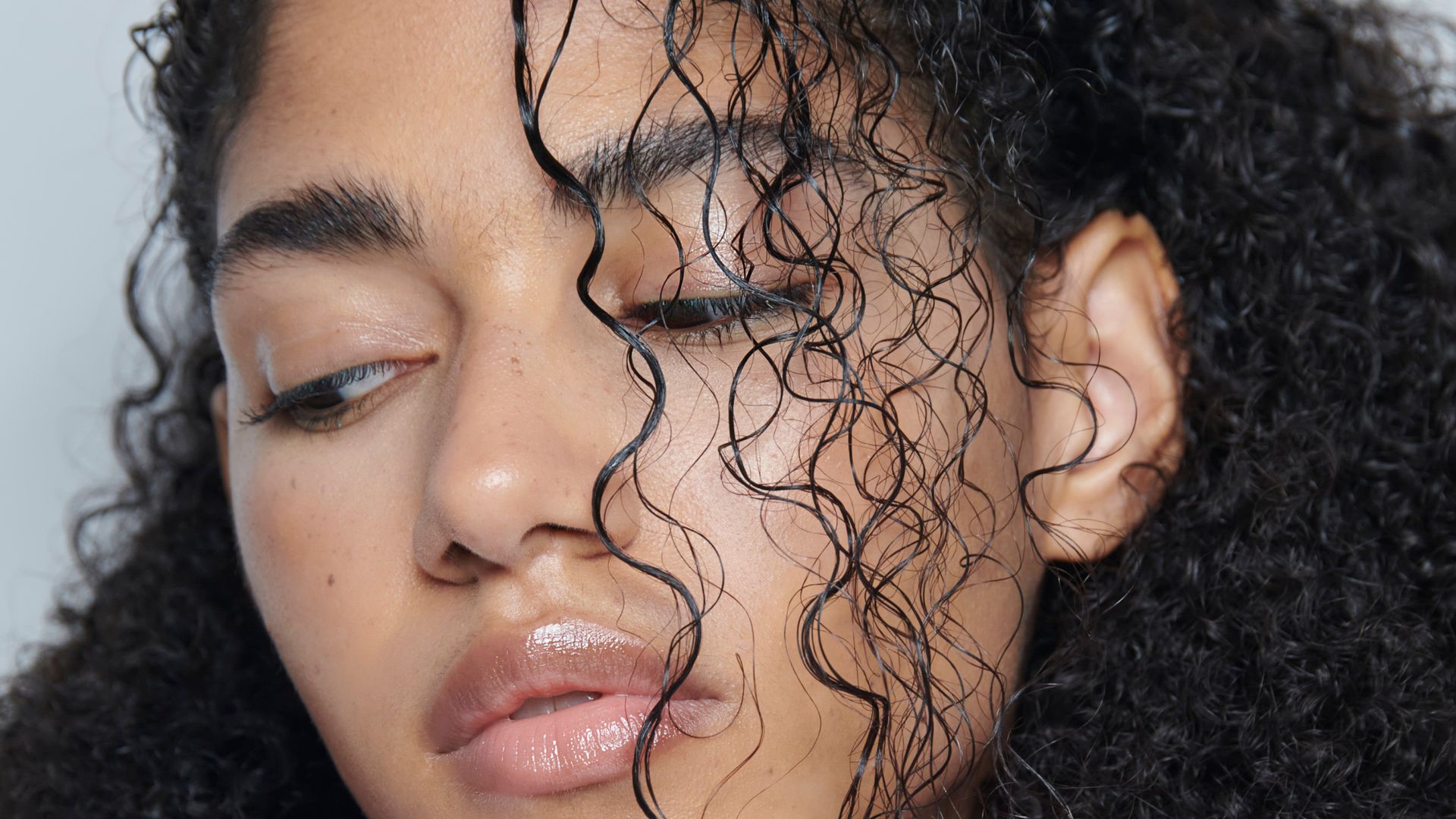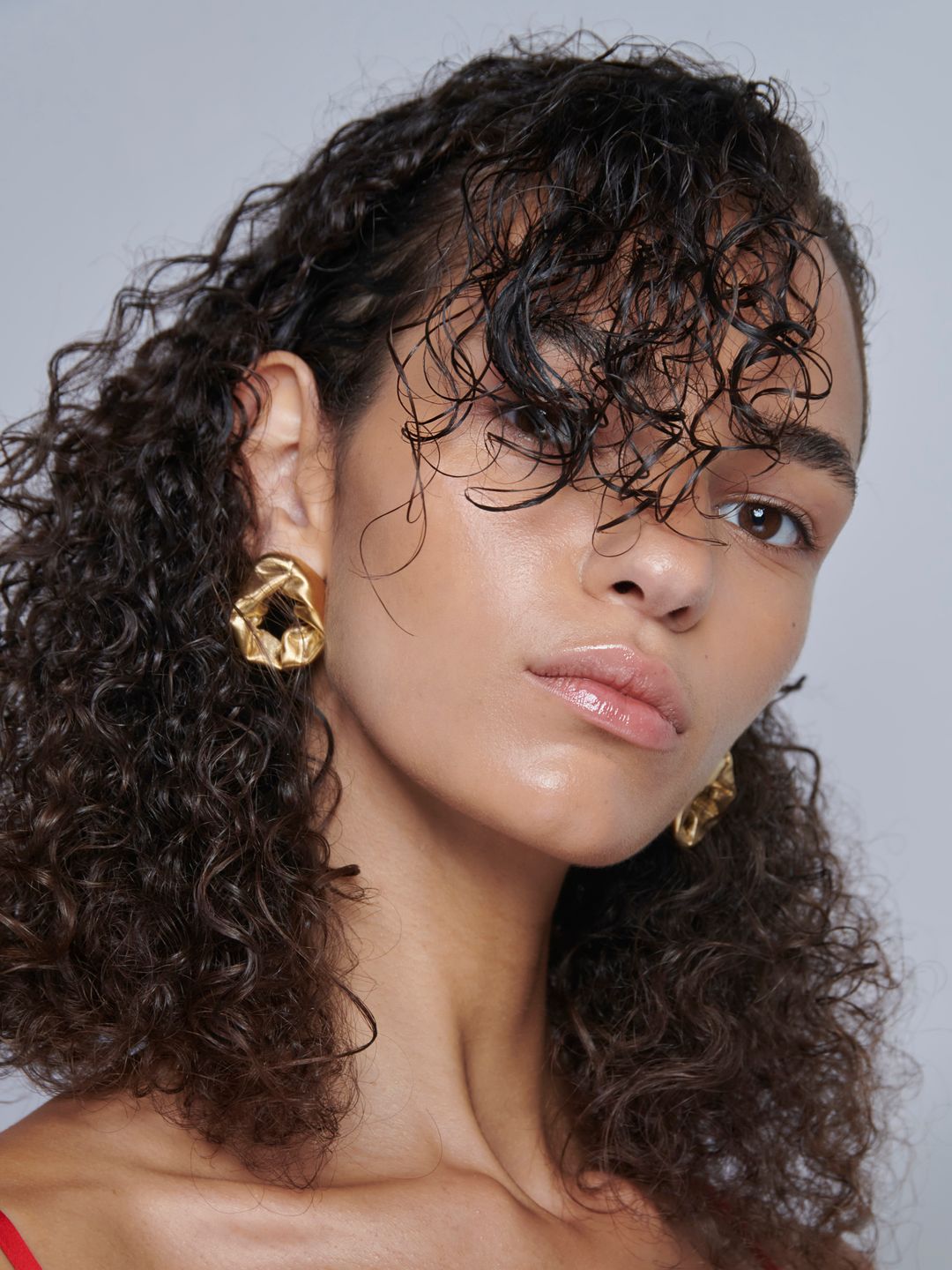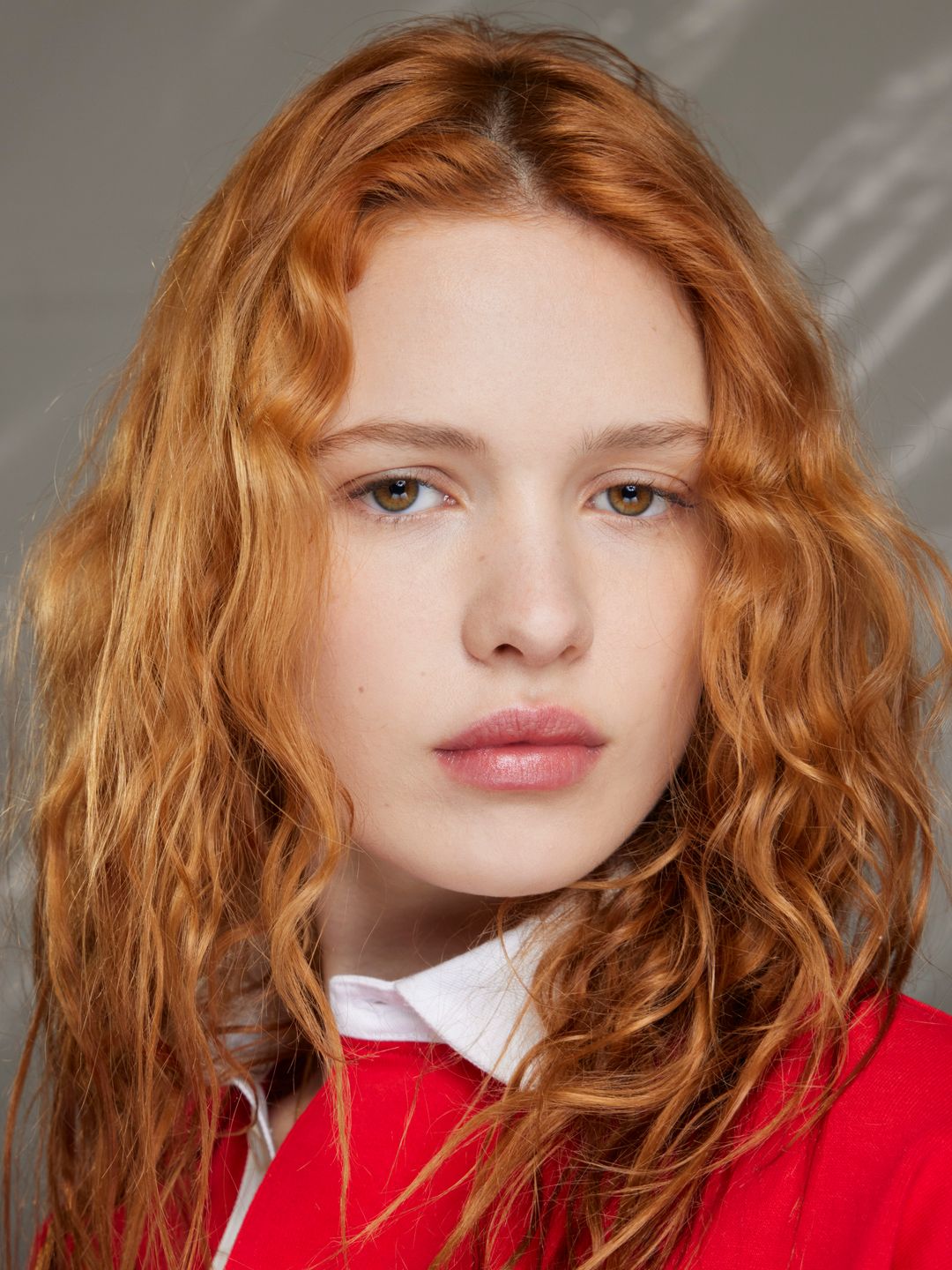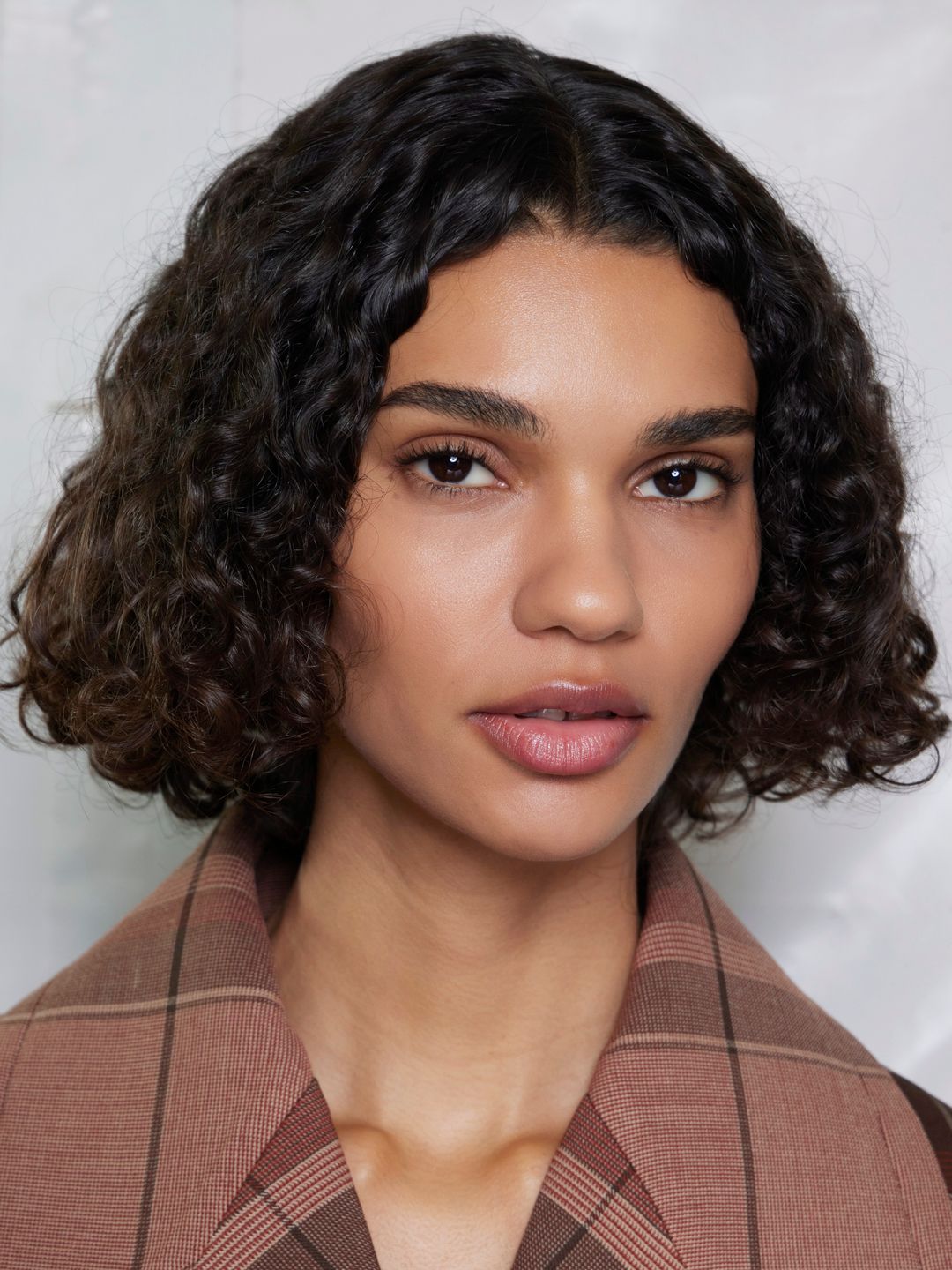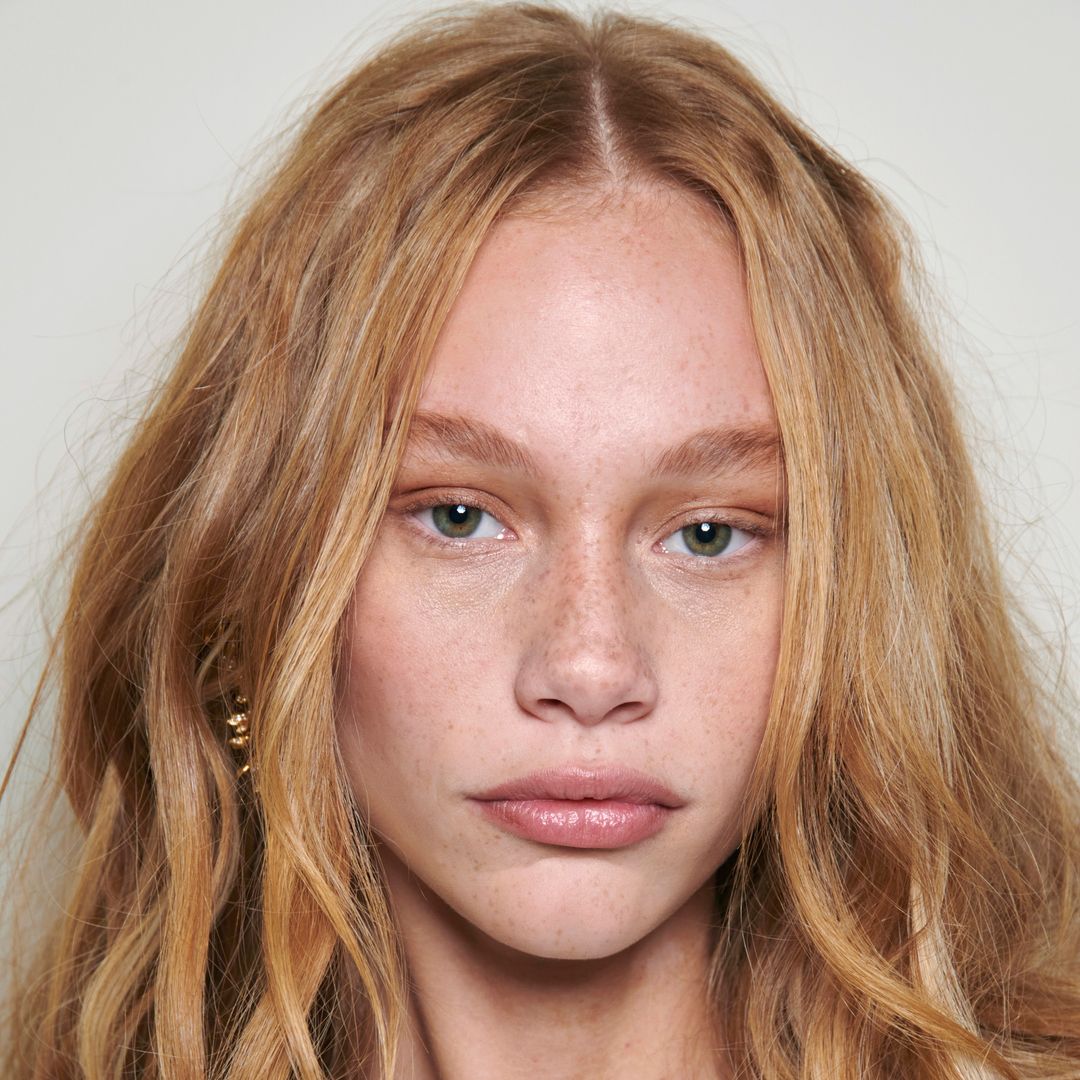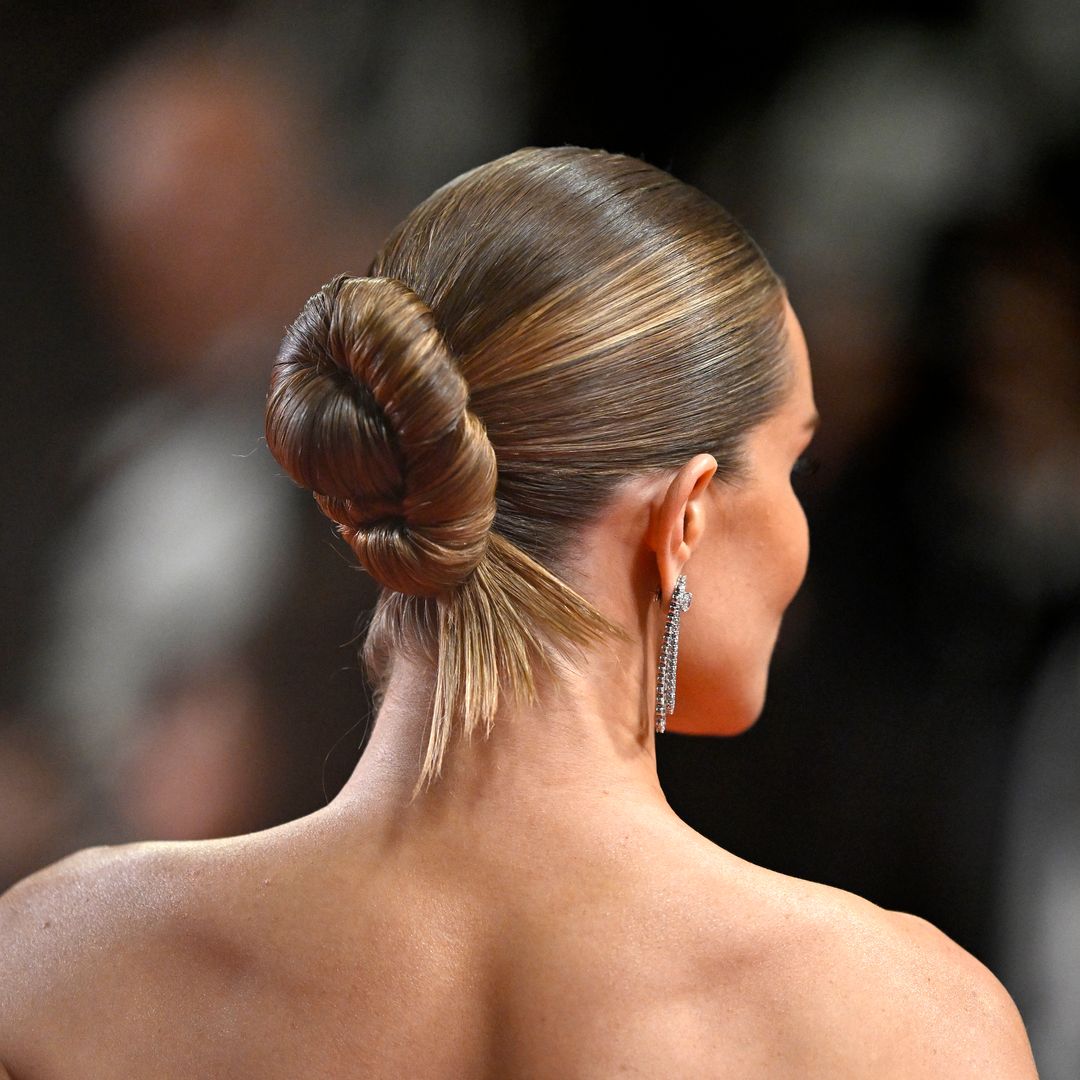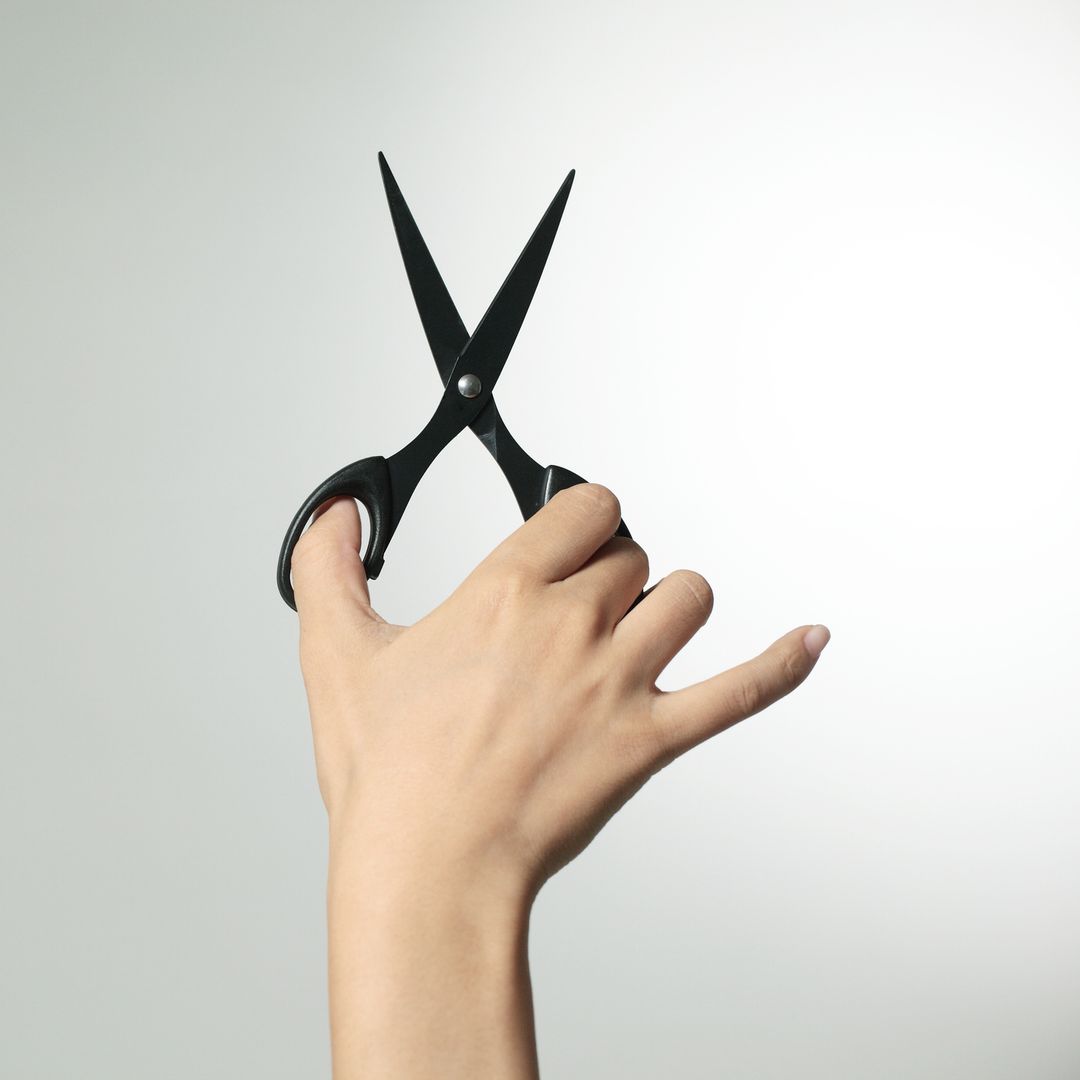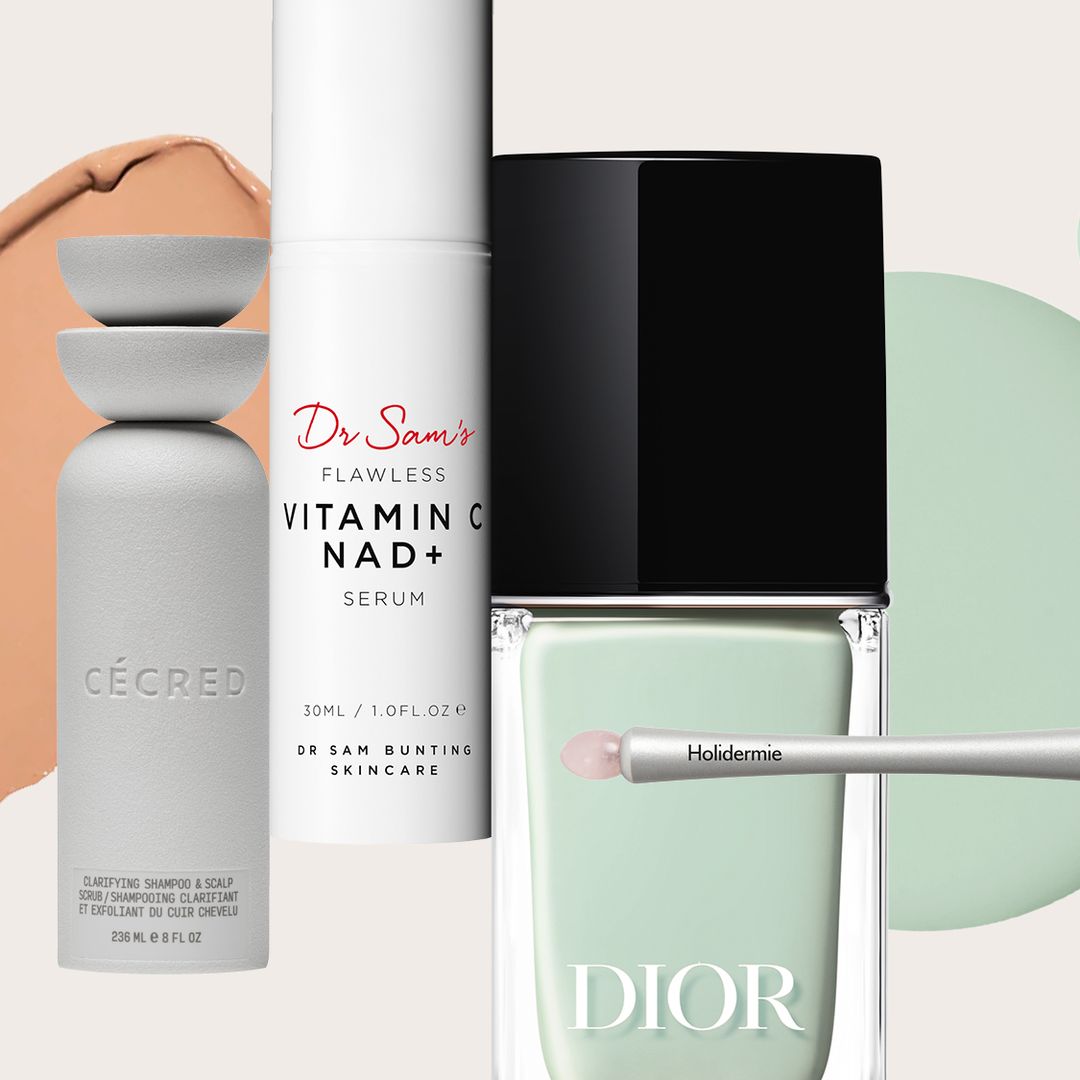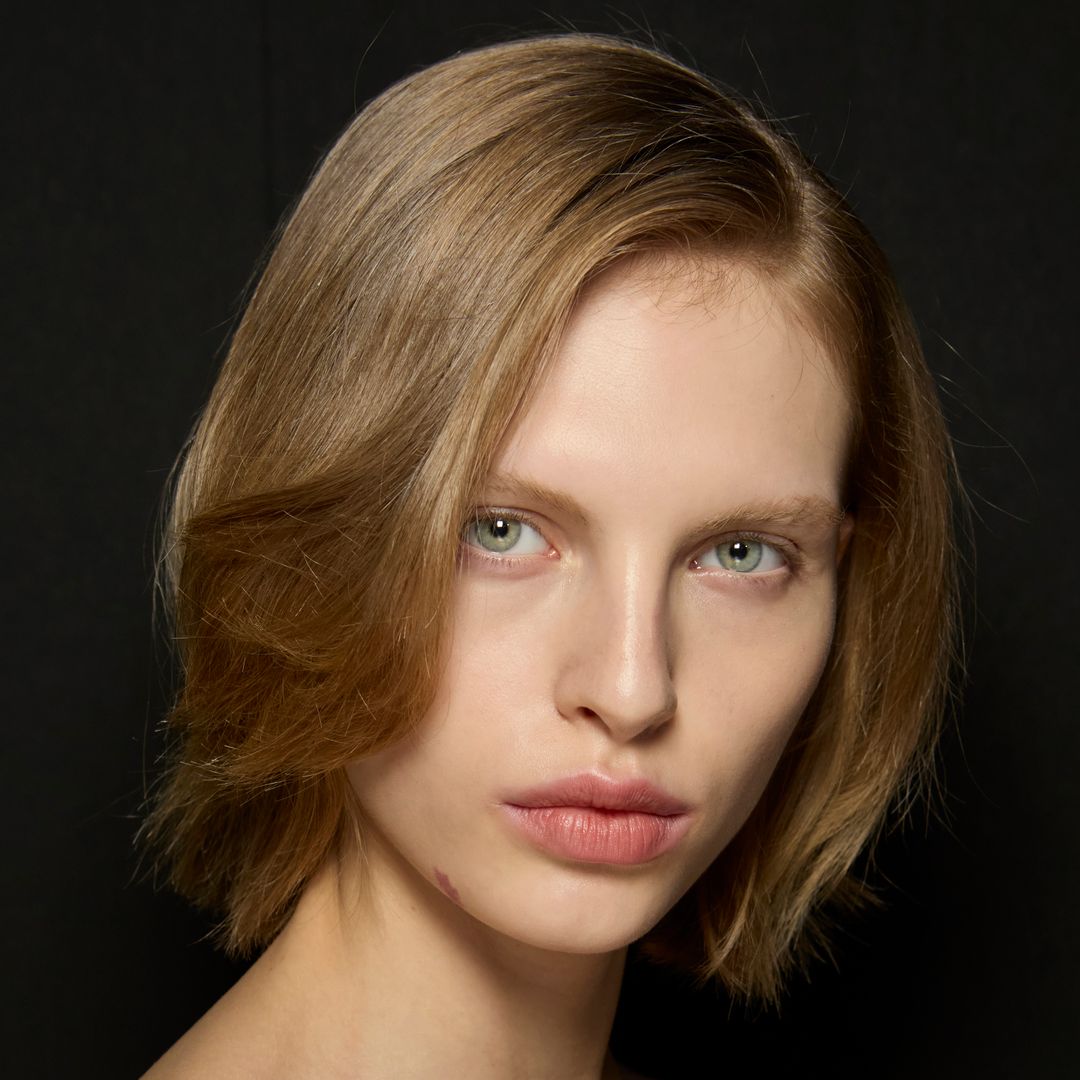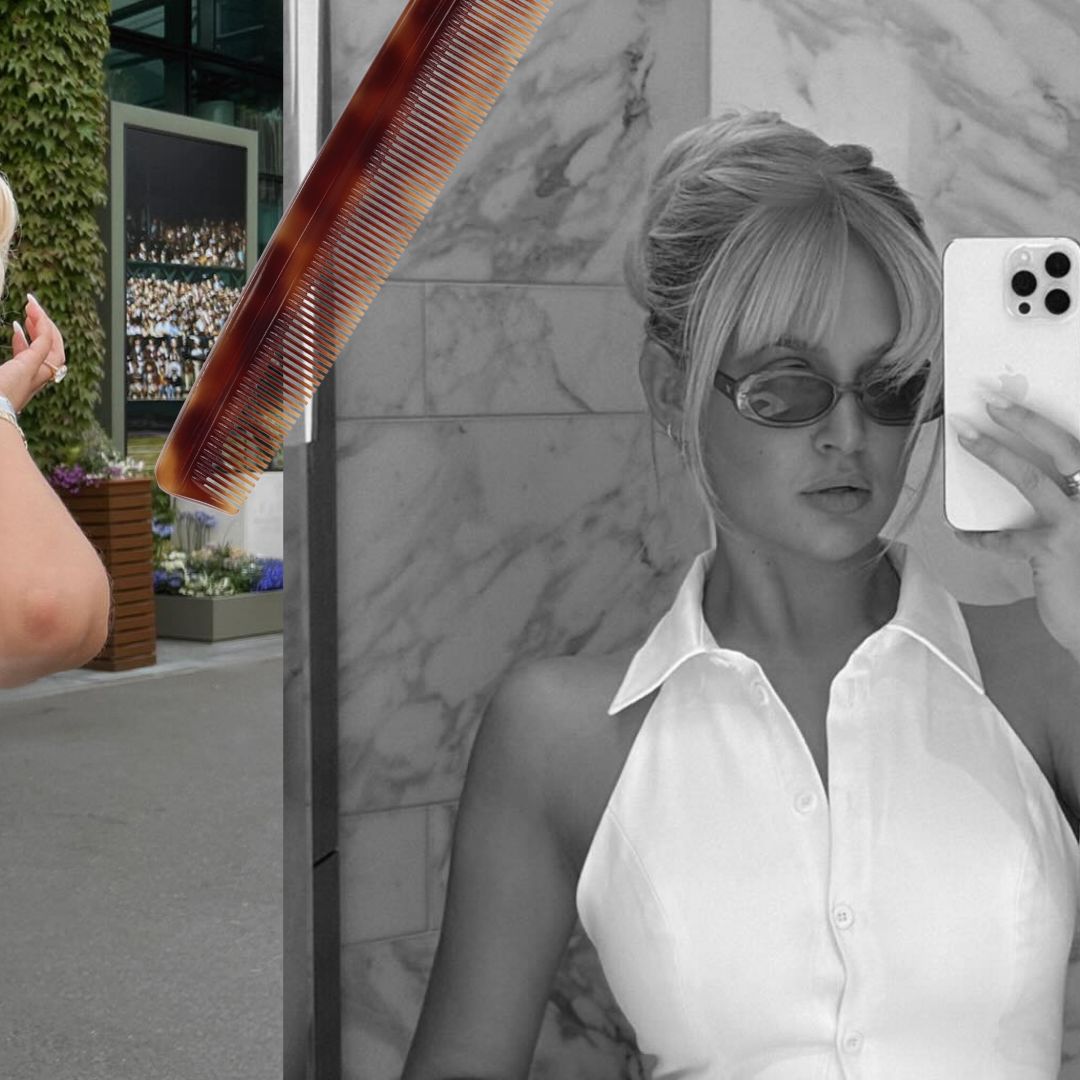Living under the tyrannical rule of frizz is an exhausting existence – believe me, I know. For every artfully styled hairdo, I am unjustly punished by a cruel overlord: the great outdoors.
If, like me, merely attempting to get from A to B is enough to see you struck down with frizz, it's time for some expert intervention.
What causes frizz?
Most of us are familiar with the concept of frizz and the tell-tale signs. By definition, it is essentially outlier strands that are misaligned with the rest of the hair, creating the appearance of a fuzzy texture.
Maddening, obviously. But why does it actually occur? Frizz is inextricably linked to moisture levels, forming when "the cuticle layers of the hair are raised, allowing moisture to pass through and swell the strands", according to award-winning stylist and afro & texture haircare authority, Charlotte Mensah.
This absorption process takes place when the level of humidity in the air is greater than the level of water in your hair, and as a result, it appears "dry and frizzy" rather than "smooth and defined".
MORE: The best bob haircut to suit your face shape
READ: The 15 most iconic 70s hairstyles of all time
Which hair types are most susceptible?
If you feel as though you are plagued by frizz more than others, that may well be true. Some hair types, including afro and curly, are just naturally affected. This comes down to the makeup of the hair – these hair types tend to be among the driest. "The natural oils produced by your scalp can’t travel down the hair shaft as well as they can in wavy or straight hair," Charlotte explains.
Similarly, damaged hair (from excessive heat, dyes, chemical treatments and other such culprits) can be particularly frizz-prone since a porous hair cuticle is more likely to absorb the surrounding moisture and swell.
How to get rid of frizzy hair
Unfortunately, there's no miracle remedy for banishing frizz, but the single best way of preventing it is by leaning into the science and understanding what your hair lacks. Moisture is the missing ingredient, which can be rectified using nourishing oils, conditioners and leave-in treatments on a regular basis. But there are also a few styling pitfalls to avoid – rubbing your hair with a towel and using too much heat, for instance – and with these expert-approved routine tweaks, you'll be well on your way to a smoother finish.
1. Oil's Well
Which ingredients should you look out for?
Incorporate a nourishing oil into your haircare routine to replenish your looks and combat dryness. "Essential oils, manketti, jojoba and grapeseed oils as well as raw or unrefined shea butter can be used to promote water retention in your curls by drawing moisture from the air," Charlotte says. "These also help to lock in that new-found moisture for longer periods of time." From her own results-driven haircare line, the Manketti Hair Oil has struck a chord among beauty editors with curly and afro texture. Loaded with antioxidants and essential fatty acids, the formula seals the hair cuticle and protects against humidity.
2. Hands Off
Running your fingers through your hair will ruffle the cuticle, and so, once styled, it's best to avoid touching your hair where possible.
3. Snip Happy
For optimum hair health, nothing compares to a regular trim. Rid yourself of split ends and breakage, "a major cause of unwanted frizz" according to Charlotte, every six to eight weeks.
4. Silky-Smooth
Silk, a moisture-retentive, protein-based fibre, has a smooth surface, which means that when laid against your hair, it will create minimal friction. Consider swapping out your cotton pillowcases or sleeping with your hair wrapped in a silk scarf.
5. Turn It Down Low
Heated styling tools can damage the hair shaft, and so lowering the temperature gauges can help keep it in super healthy, tip-top condition. Another useful tip when you're blow drying is to blast your hair with a cool shot of air as the last step to set your style.
READ: The effect of hard water on your hair – and how to treat it
RELATED: The best sulphate-free shampoos: Tried, tested & reviewed
6. The Ever-Useful Investment
A low-quality dryer could adversely affect your hair. A more archaic model could mean a longer drying time, causing breakage. "Try diffusing your hair at a low heat, this will lead to less frizz," Charlotte advises. If you are thinking of upgrading, it could be worth investing in a slightly more advanced tool that is built to last.
7. Always Use Protection
It's all well and good advocating less heat, but the reality is that many of us rely on styling tools to achieve our preferred look. Cutting down on usage is great, but also remembering to mist your hair with a dedicated heat protectant spray is an unmissable step.
8. Mint Condition
"Conditioner is your number one weapon," Charlotte says. Saturate the hair with product, "especially the mid-lengths to the ends", and wait at least 15 minutes before rinsing it out with cold or lukewarm water. Hotter shower temperatures can strip the scalp and hair of natural oils, so it's best to keep things cool.
9. The Deep End
If you know your hair is naturally dry, conditioner following a shampooing sesh may only scratch the surface. Consider supplementing your haircare routine with a deep conditioning treatment once a week, either a rich, creamy mask or a high-performance, leave-in formula (or perhaps even both).
10. Throw In The Towel
No, don't give up in the battle against frizz! This tip simply refers to your current drying routine. When you step out of the shower with sopping wet hair, the temptation to rub is immense. Instead, for minimal friction you want to squeeze excess moisture out of your hair, better still, with a microfibre towel rather than a traditional terry cloth as they are more effective at absorbing water.
